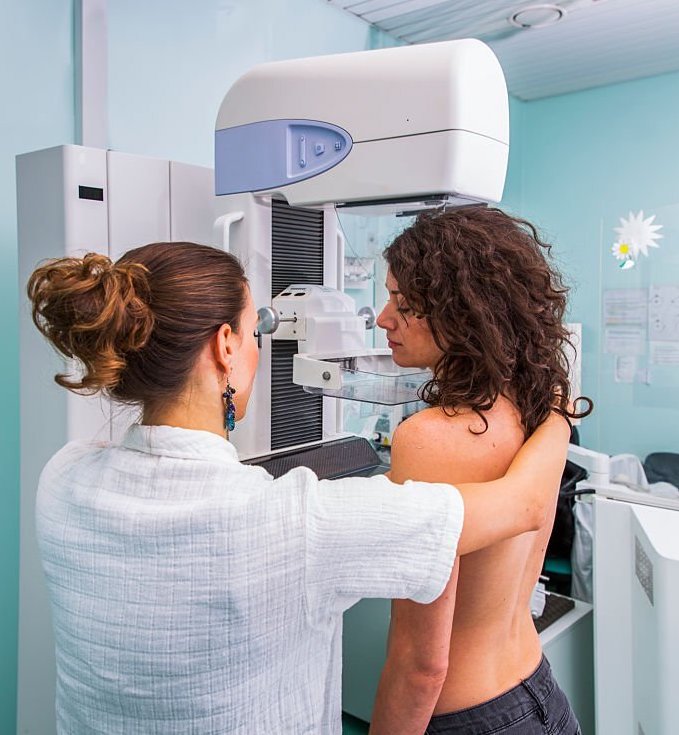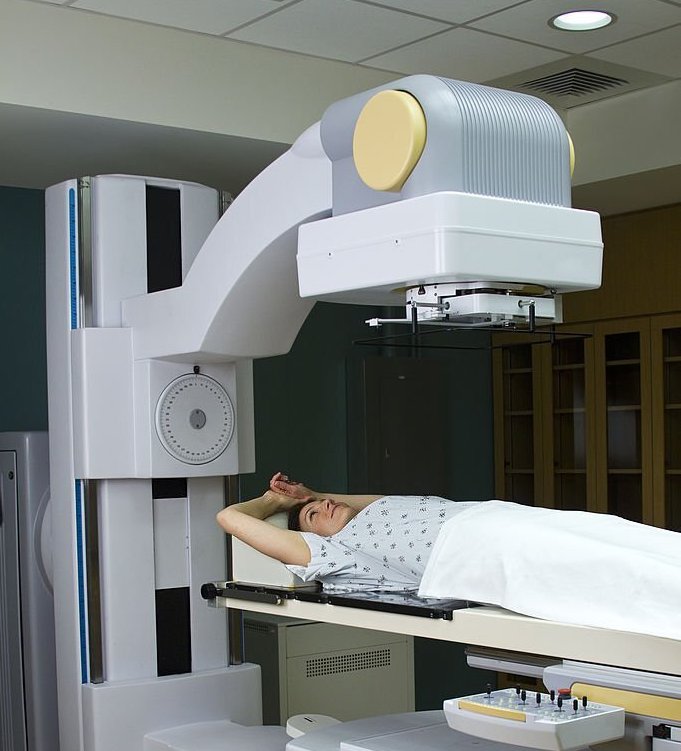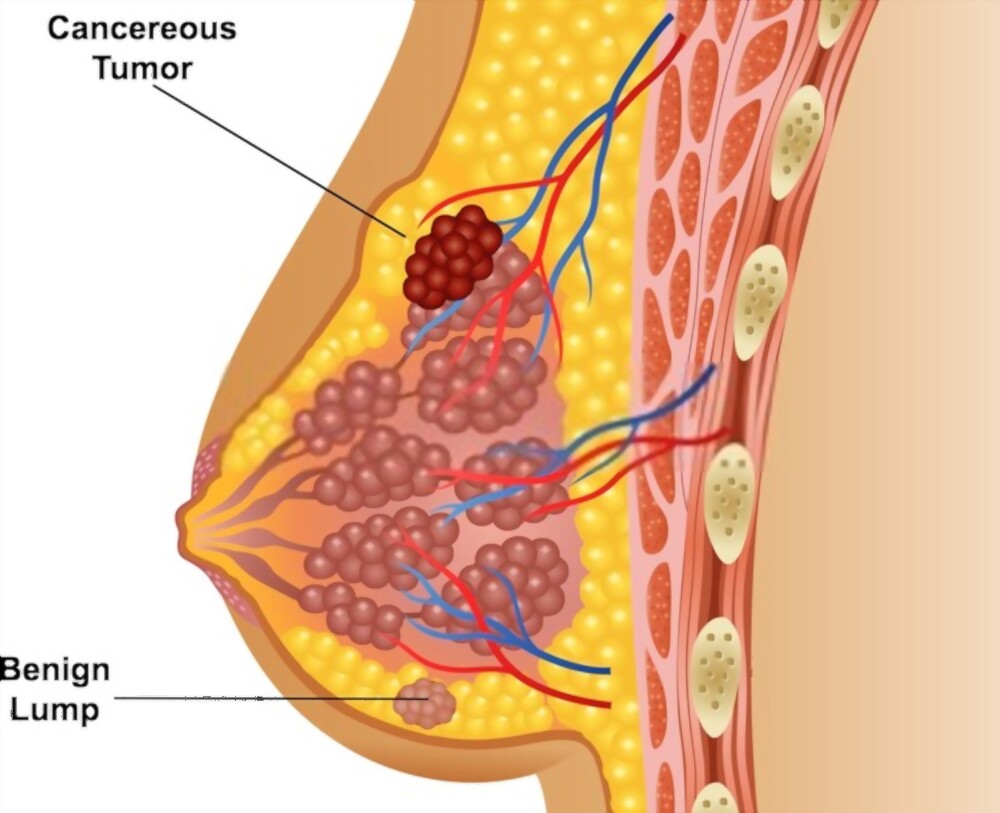Benign (non-cancerous) breast conditions are unusual growths or other changes in the breast tissue that are not cancer. Because the symptoms typically match those of breast cancer, having a benign breast ailment can be frightening at first. You or your doctor may detect a lump or notice nipple discharge, or your mammogram may reveal something that necessitates further investigation.
Signs and symptoms of benign breast conditions –
A benign breast ailment can cause a noticeable growth or lump, which can be felt through the skin. It could also be something unexpected discovered during a mammography check.
If you have symptoms, they are almost similar to Breast Cancer –
- Breast discomfort, edema, and/or soreness
- A bulge or lump that may be felt through the skin
- Rashes on the skin
- On the nipple and/or breast skin, there is redness or scaling.
- Nipple discomfort or retraction (when a portion of the nipple seems puckered or pulled)
- Breast discharge that is not milk


Diagnosis of benign breast conditions
Many of the tests and methods used to diagnose a benign breast condition are also used to diagnose breast cancer. The following are the objectives of diagnosis:
A breast physical exam and medical history: Your doctor examines the breasts, paying close attention to the area or areas where there is a lump or other unusual change. He or she also takes a complete medical history, including your current and previous symptoms, general breast health, and any risk factors for breast cancer.
Imaging tests: The most commonly used tests are mammography, an X-ray examination of the breast, which uses high-frequency sound waves to create images of the breast tissue.
Ultrasound is a good tool for telling the difference between lumps that are fluid-filled (called cysts) and those that are solid (which can indicate cancer or another benign breast condition, such as fibroadenoma). A breast MRI, or magnetic resonance imaging scan, may also be done if other imaging tests don’t provide enough information.
Biopsy
Biopsy involves removing a tissue sample and examining it under a microscope. Typically you would have a core needle biopsy, which removes slivers of tissue, or an excisional biopsy, which removes abnormal tissue from the area.
Read more – Breastcancer.org
Donate to support free resources and programming for people affected by breast cancer.

No matter how grave the situation she instills the confidence in you that all will be well!
A doctor always there for you!


